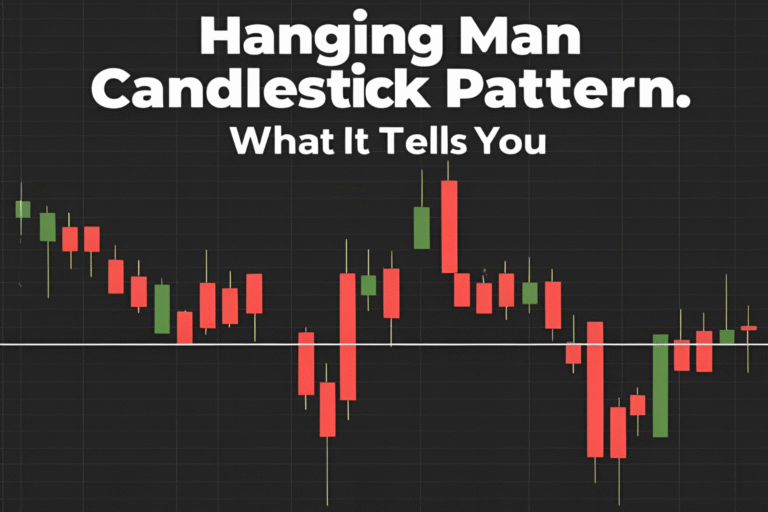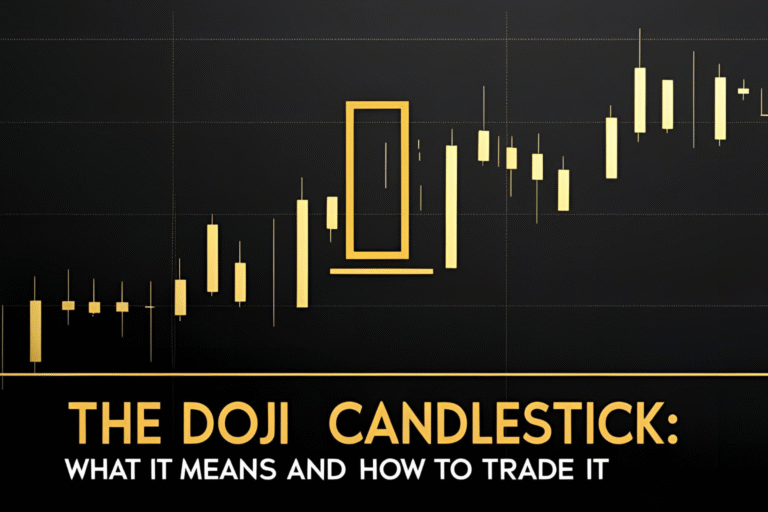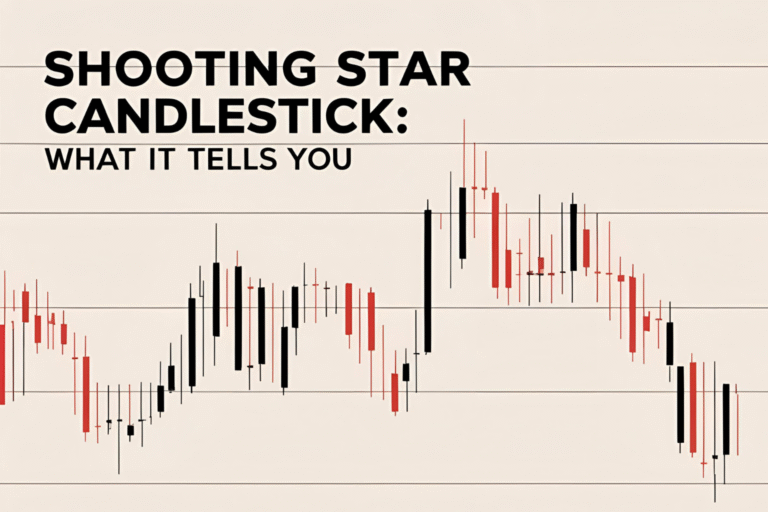Hammer Candlestick Pattern: A Beginner’s Guide
The Hammer candlestick pattern is one of the most beginner-friendly and reliable bullish reversal patterns in technical analysis. Whether you’re trading stocks, forex, or crypto, spotting a Hammer at the right time can help you enter a trade just as momentum shifts upward.
In this guide, you’ll learn what the Hammer pattern looks like, what it means, and how to trade it with confidence.
What Is a Hammer Candlestick Pattern?
The Hammer is a single-candle bullish reversal pattern that forms after a price decline. It signals that although sellers initially pushed the price lower, buyers stepped in and drove it back up—showing a shift in control.
Key Characteristics:
- Small real body near the top of the candle
- Long lower wick (at least 2x the body length)
- Little to no upper wick
- Appears after a downtrend
What the Hammer Pattern Tells You
A Hammer candlestick reflects a failed attempt by sellers to continue a downtrend. The long lower wick shows that the market tested lower prices but then rejected them—ending with a close near the top of the candle.
This shift in momentum often leads to bullish reversals, especially when supported by other technical factors like support levels or oversold indicators.
How to Identify a Valid Hammer Pattern
Use this checklist to confirm a true Hammer setup:
- Appears after a clear downtrend
- The lower wick is at least twice the size of the body
- The body is small and near the top of the candle
- No significant upper wick
- Preferably appears near support zones
Hammer vs Inverted Hammer: What’s the Difference?
- Hammer: Bullish reversal after a downtrend (long lower wick)
- Inverted Hammer: Also bullish, but has a long upper wick instead of a lower one
Both suggest reversal, but the Hammer is generally more reliable when it forms with volume and confirmation.
How to Trade the Hammer Candlestick Pattern
Here’s a beginner-friendly approach:
1. Spot the Pattern at Support
Look for a Hammer after a decline and near a support level or trendline.
2. Wait for Confirmation
Don’t enter immediately. Wait for the next candle to close bullish above the Hammer’s high.
3. Plan Entry and Risk
- Entry: After confirmation candle closes above the Hammer
- Stop-loss: Just below the low of the Hammer wick
- Target: Next resistance level or a fixed risk/reward ratio (1:2 or 1:3)
Example: Hammer on the Daily Chart
You see a stock that has been falling for several days. At a major support level, it forms a long lower wick and closes near the high—classic Hammer. The next candle is a strong green bullish candle.
- Trade: Enter after confirmation
- Stop-loss: Below the wick
- Take-profit: At recent highs
This setup is especially effective on daily or 4-hour timeframes for beginner traders.
Common Mistakes to Avoid
- Trading without confirmation
- Ignoring the trend (Hammer is a reversal, not continuation pattern)
- Confusing it with other patterns (e.g., doji or inverted hammer)
- Using it on low-liquidity assets or noisy 1-minute charts
FAQs
What does a Hammer candlestick mean?
It signals a potential bullish reversal after a downtrend, showing that buyers are regaining control.
Is the Hammer pattern reliable?
Yes—especially when combined with support zones, volume, or oversold indicators like RSI.
Can I use the Hammer pattern in crypto and forex?
Absolutely. The pattern works across stocks, forex, crypto, and all liquid markets.
What’s the best timeframe to trade the Hammer?
The 4-hour and daily charts offer more reliable setups for beginners.
Do I need confirmation after a Hammer pattern?
Yes. Wait for a bullish close above the Hammer before entering the trade.




